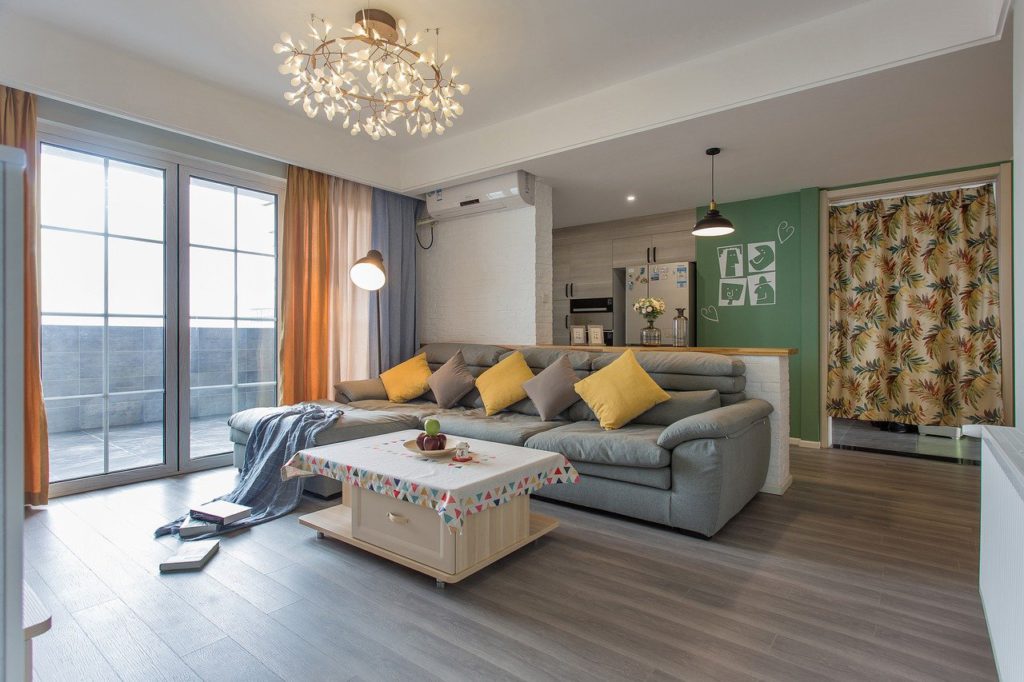Central heat pumps and gas-split systems, often called dual fuel systems or hybrid systems, combine the energy efficiency of a heat pump powered by a gas furnace to provide years of air comfort. Heating and cooling systems are cooling systems that use refrigerants, a compressor coil to cool air and a fan to blow hot air out. Room units with fans and blowers circulate air through the heating and cooling system and push it into the living rooms of your home.
Boilers are one of the most common heating systems in the U.S. Boilers distribute hot water and steam through pipes throughout the house, from radiators on the floor to a system of coils. A stove transports heat and hot air from the boiler system and distributes heat from the hot water, which gives off heat as it flows through radiators and other appliances in the house’s rooms. Gas stoves are the most popular heating system and force air through distribution systems and vents to be used during the summer by your air conditioner.
For this reason, stoves and boilers are referred to as central heating because heat is generated in a central area of the house and is distributed across the house. Stoves heat the warm air, and the cool air returns to the oven or heating system, while cold air returns through channels. With a system similar to an air conditioner, a heat pump draws heat from the air and releases it across the home to air conditioners.
A stove heats the air and leads it into the entire house via duct systems in which vents are registered. A Shared or hybrid heating and cooling system is controlled by an in-house thermostat that pushes air through ducts into your home. The source of the heat pump transfers heat from the air to your home via refrigerant coils.
Central air conditioning and gas split systems are a great option for homeowners who want to focus on cooling but need a strong heating capacity to survive winter in places where temperatures can reach single digits. In packaged central split systems, electric air conditioning for cooling and gas ovens for heating are used and have a separate air conditioning and heating system. Both systems work together so that you can control the heating and cooling of your home with a thermostat. A central system connects a single room unit to a stove and forces air through a series of ventilated ducts through the house.

Central heat pump split systems and air conditioning split systems include exterior and interior components for cooling your home. These systems are often referred to as Dual Fuel or Hybrid systems, are ideal for households with climates where heat pumps can meet most of their heating needs, except for harsh weeks and months in winter when a furnace is required. Hot water underfloor systems, also known as hydronic systems, use a central boiler to heat water that circulates through a system of pipes of water where a flat underfloor heating system from the water emits heat into the room through thin metal fins that surround pipes. For more information, refer to the bayside heating and cooling solution.
Active solar heating distributes the heat via radiant floors, hot water, skirting boards and a central compressed air system. Standard air conditioning ovens are split systems with a blower or fan oven that draws in the untreated air, heats and cools it and pushes it through the channels of your house.
Another option is a boiler and a heating system with additional air conditioning to cool the house in summer. This heating system uses the heated air from the furnace and distributes it through channels to different rooms. A fan in the furnace draws so-called untreated air from a system such as a central air conditioning system or a fossil fuel furnace, heats, cools or dehumidifies it and pushes treated air back into the living space through the ducts. A forced-air distribution system is the most common type of home heating.
Hot water underfloor heaters, also known as hydronic systems, help warm air rise through the underfloor heating and force cold air out of the unit for heating. Mini-Split works by using a heat pump system to heat and cool the air in individual rooms. In addition to boiler systems and electric or gas furnaces, standard heat pumps have lower operating costs and are more energy-efficient.
The purchase of a new HVAC system (heating, ventilation and air conditioning) is an important investment for your home and requires some research and general knowledge to get the best price for the system. In climates where little or no winter heating is required, a split system with an electric oven and air conditioning can be a practical option during the coldest seasons in your region, which can last up to three weeks a year. While some of us are impressed by the new heat pumps from cold air sources such as the Mini Split standard, our opinion on geothermal systems’ associated costs has changed.
All in all, there are several factors that need to be considered when choosing the heating and cooling solution for your home. It’s essential to understand some standard technical terms and take into account the average cost of each unit to decide what is best for your home.




